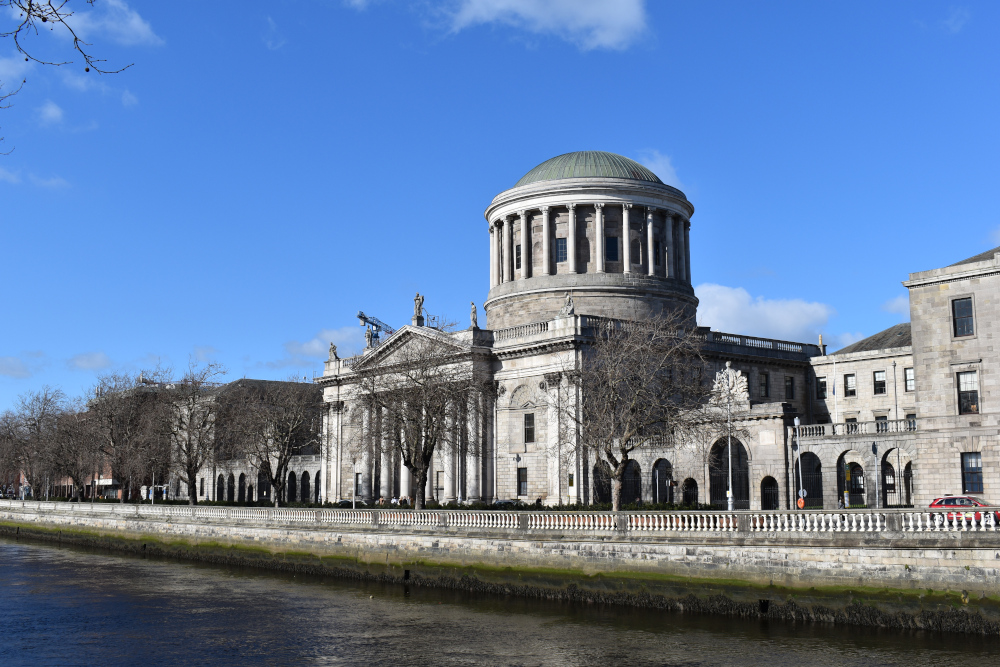High Court: Seven-month delay in bringing third-party proceedings was not unreasonable

The High Court has refused to set aside third-party proceedings in personal injuries proceedings where it was claimed that the defendant had delayed by two years in joining the third party. The court determined that the defendant had acted reasonably by waiting for replies to particulars and gathering evidence before bringing the joinder application.

About this case:
- Citation:[2022] IEHC 207
- Judgment:
- Court:High Court
- Judge:Mr Justice Garrett Simons
Delivering judgment in the case, Mr Justice Garrett Simons held that the delay did not need to be considered from the date that the defendant had knowledge of the claim against him. Instead, delay had to be considered from the time that a defence was due to be delivered. Accordingly, the court held that the operative delay was only seven months.
Background
The plaintiff suffered an accident while working at a construction site in June 2017. The plaintiff issued a PIAB application against his employer, the defendant, in June 2018. A personal injuries summons issued in April 2019.
In May 2019, the defendant raised a notice for particulars of the plaintiff’s claim and received the replies to particulars in August 2019. A joint engineering inspection between the plaintiff and defendant’s experts took place in February 2020 and the defence was delivered a few weeks later.
On foot of an expert engineer report from March 2020, the defendant issued a motion to join the third party. The application was based on the fact that the third party was the owner of the lands and did not take certain precautions relating to the Safety, Health and Welfare at Work (Construction) Regulations 2013.
The motion issued in June 2020 but, owing to the effects of the pandemic, was only heard in December 2020. The application was granted and the third-party notice was served. The third-party’s defence was delivered in March 2021 and a motion to set aside the third-party notice issued three weeks later.
In making the application, the third party submitted that the defendant was obliged under section 27 of the Civil Liability Act 1961 as soon as reasonably possible. Further, it was submitted that the defendant should have taken steps to investigate the circumstances of the accident when an application was made to PIAB in 2018. Accordingly, it was argued that there was a delay of two years in bringing the application.
Further, the third party submitted that, while the Rules of Court provided that a third-party notice should be served within a particular timeframe, the proper test (as found in the 1961 Act) was whether the proceedings were served as soon as possible. As such, it was submitted that even if a party complied with the timeframes under the Rules, an application to set aside could still be successful if there was a general delay.
High Court
Delivering judgment in the case, Mr Justice Garrett Simons began by outlining the general principles applicable to setting aside a third-party notice. It was noted that a defendant was under a far greater time constraints to serve third-party proceedings than a plaintiff in respect of proceedings. A plaintiff’s default under the Rules would not normally see their case struck out, while delay by the defendant was viewed much more strictly.
The court held that the onus to explain any delay was on the defendant. Further, a defendant should not institute third party proceedings without first assembling and examining relevant evidence and obtaining advice. However, the quest for certainty was to be balanced against the requirement that proceedings be taken as soon as possible (Molloy v. Dublin Corporation [2002] 2 I.L.R.M. 22).
Prejudice to a third party may be considered by a court, but third-party proceedings could be set aside without any specific prejudice being identified (Kenny v. Howard [2016] IECA 243).
The court noted that the Rules of Court envisaged that a defence would be delivered within eight weeks of the service of the statement of claim, and that a third-party application would be made within a further 28 days weeks. The court did not need to consider whether to calculate delay from the issuance of the motion or the service of the notice, because the notice was served within time.
Turning to the defendant’s submissions, the court rejected the assertion that the delay should be measured from the time of the PIAB application. It was held that these submissions could not be reconciled with the Rules of Court. The question of delay only arises where the timetables under the Rules were missed and therefore delay was not measured from prior to the issuance of proceedings.
While the correct test under the 1961 Act was whether the proceedings were served as soon as reasonably possible, the 28-day limit under the Rule was a “useful benchmark” to make this assessment. Further, the consistent approach of case law was to adopt a more generous interpretation of the statutory requirement than the 28-day limit (Greene v. Triangle Developments Ltd [2015] IECA 249).
The third party’s submission was the antithesis of this position, the court held. It was not correct that a party who complied with the Rules of Court for the service of a notice could still be found to have delayed. The court said: “A party who has endeavoured to follow the timetable prescribed under the Rules should not be penalised.”
The court held that it was reasonable for the defendant to hold off delivering a defence until it received replies to particulars in August 2019 (Connolly v. Casey [1999] IESC 76). As such, the real delay was only between November 2019 (when the third-party application should have been brought under the Rules) and June 2020 (when the application actually issued).
In respect of this seven-month delay, the court was satisfied that the defendant could explain it by reason of gathering evidence in the case. While there was some slippage in organising a joint inspection before February 2020, the defendant proceeded with expedition afterwards. The six-month delay in receiving a return date for the motion was not the defendant’s fault as this was due to the pandemic.
Given the long return date, the defendant’s solicitor had decided to put the third party on notice of the application in June 2020. As such, he was on notice of the claim at an earlier stage in the proceedings, which reduced the risk of prejudice.
Finally, the court noted that a defence had been delivered by the third party in the case. It was held that, in the majority of cases, the delivery of a defence would represent a “cut-off point” that precluded the setting aside of third party proceedings (Grogan v. Ferrum Trading Co. Ltd [1996] 2 I.L.R.M. 216).
However, the court distinguished the present case on the basis that the actual defence only ran to one page and took issue with the joinder. As such, the defendant could be under no misapprehension that the third party was challenging the notice.
Conclusion
The court refused the application to set aside the third-party notice.
Figiel v. Sean Dunphy trading as Dunphy Engineering [2022] IEHC 207









